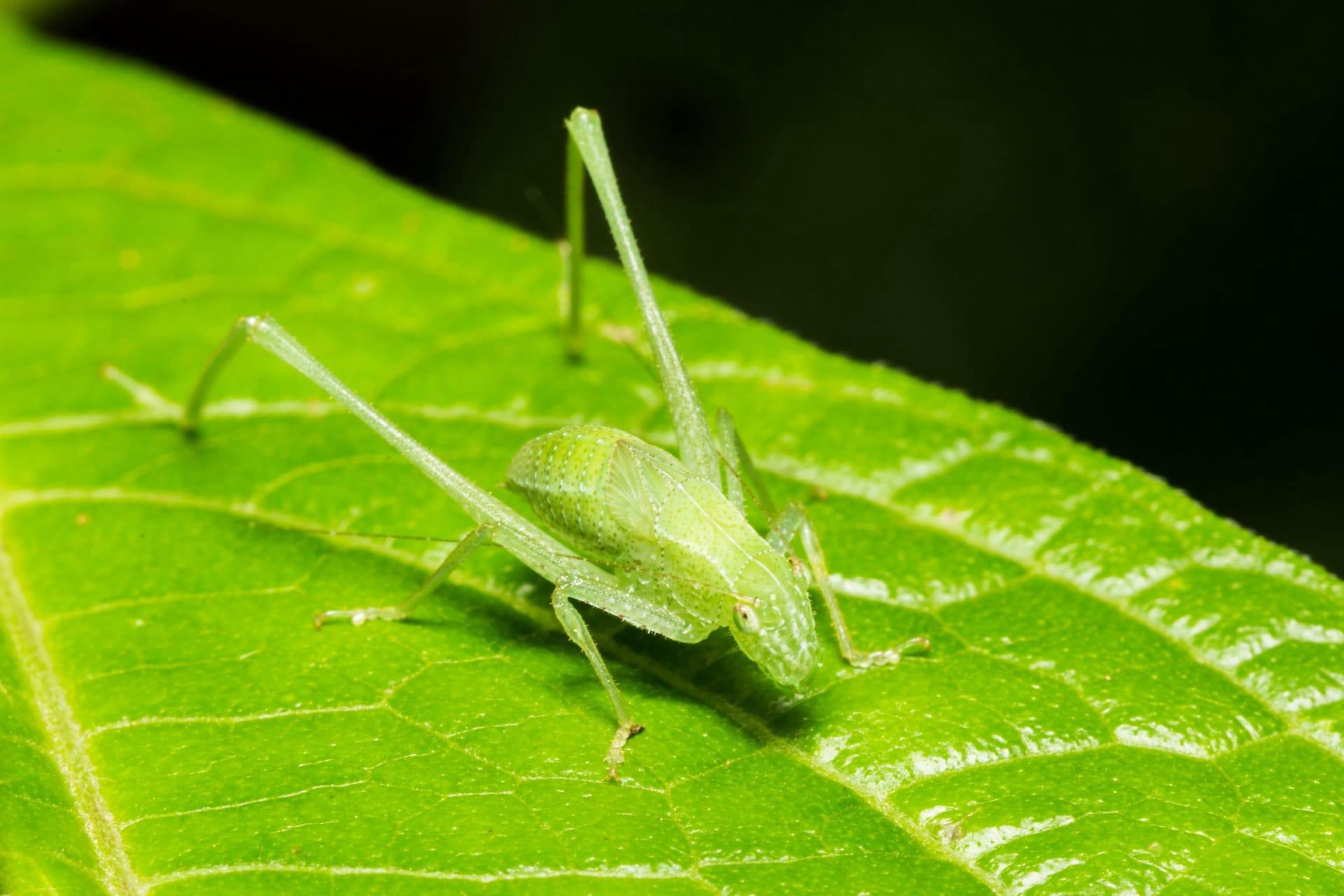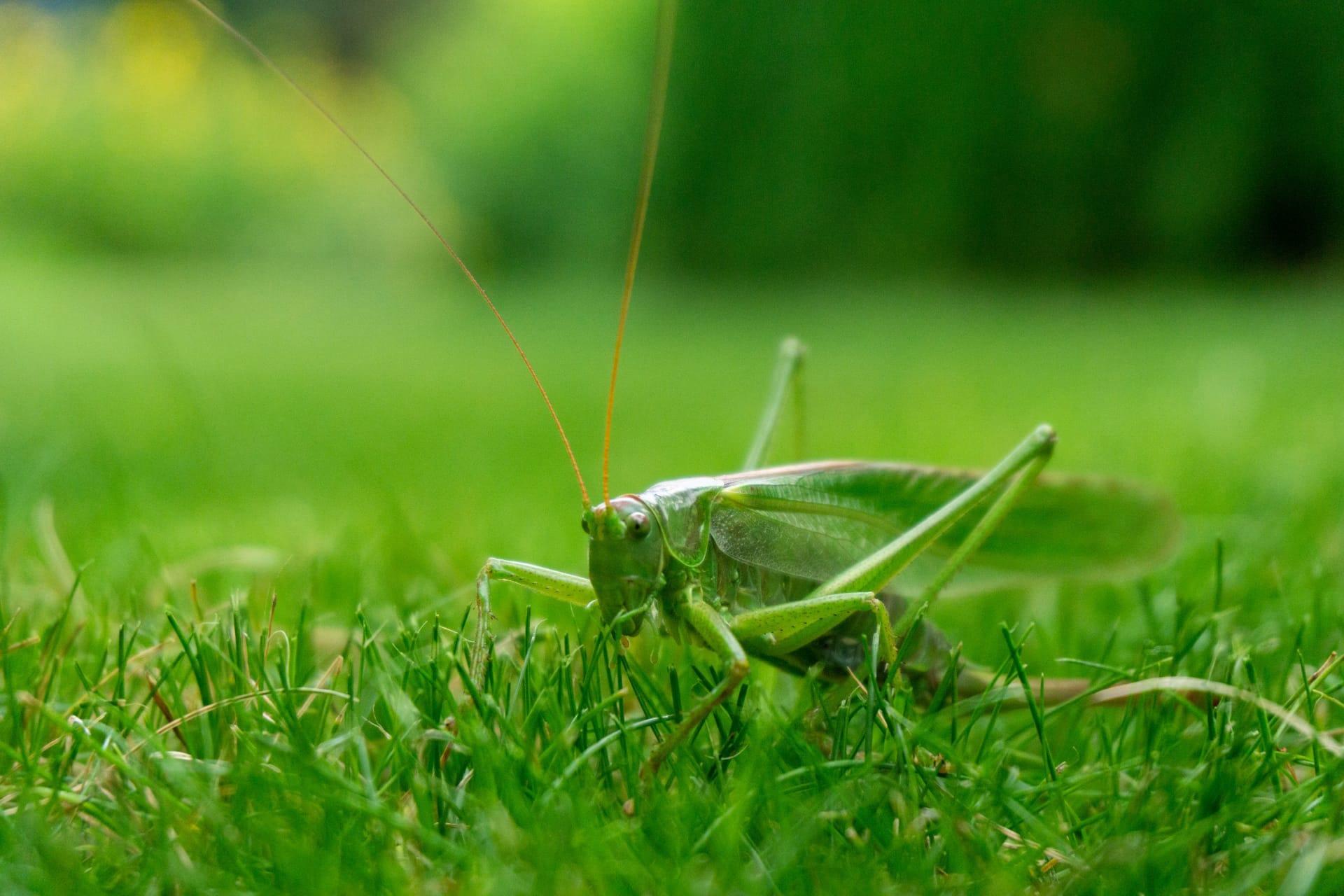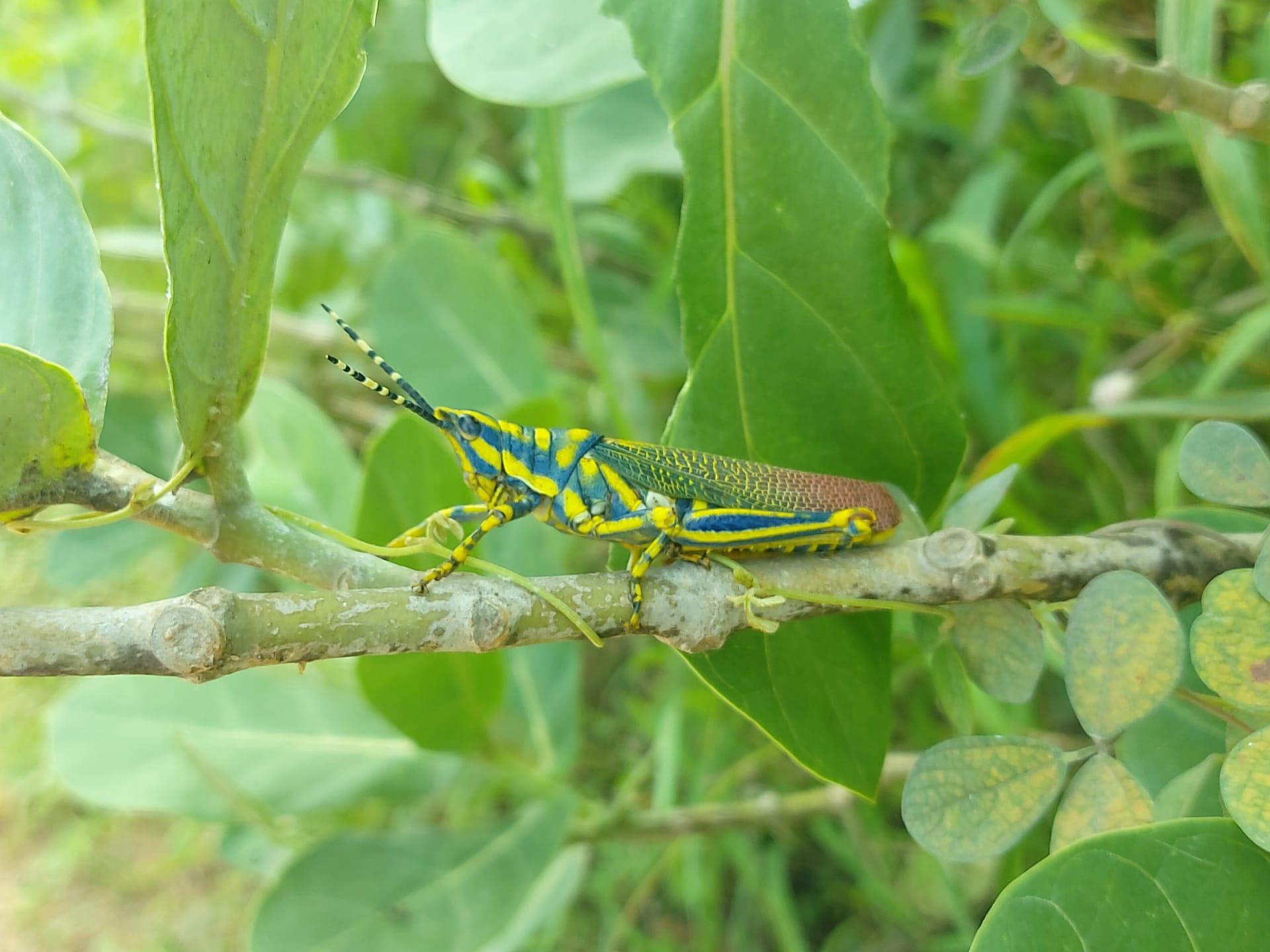Leaf Hopper
- Home /
- Mini Encyclopedia /
- Animal /
- Leaf Hopper
1
Leafhoppers, scientifically classified under the family Cicadellidae, are a vast group within the order Hemiptera. This family encompasses over 20,000 species globally. Their size ranges typically from 3 to 15 millimeters. These insects are recognized for their wedge-shaped bodies, and they exhibit a variety of colors, often vibrant, to blend with their environment. Genetically, they are closely related to the cicadas and share some morphological features, but are distinct in their smaller size and more diverse coloration.
Leafhoppers are found in a myriad of environments, spanning from tropical rainforests to temperate zones. They are particularly abundant in the Americas, Asia, and Europe. These insects prefer areas with abundant vegetation, as they primarily feed on plant sap. The diversity of leafhoppers is most remarkable in tropical regions, where the variety of plant life provides a plethora of niches for different species. Despite this diversity, they can adapt to various climates and are even found in arid regions where suitable vegetation exists.

2
Question: Do leafhoppers damage plants significantly?
Answer: While it's a common misconception that leafhoppers are major plant pests, the truth is more nuanced. Most leafhopper species cause minimal harm to plants. They feed on plant sap using their specialized mouthparts but usually don't ingest enough to harm the plant. However, some species can be problematic, especially in agriculture. For instance, the grapevine leafhopper can cause significant damage to vineyards. They also can spread plant diseases, like the aster yellows phytoplasma, which can be more damaging than the feeding itself. Hence, their impact varies greatly depending on the species and the ecosystem they inhabit.

3
Leafhoppers employ several strategies to survive in their environments. One key strategy is their coloration, which ranges from green and brown to more vibrant hues, helping them blend in with leaves and stems to avoid predators. Additionally, they have powerful hind legs, enabling them to jump great distances relative to their size, often seen as a quick flicker to the human eye. This ability is crucial for escaping predators and moving between plants.
Another survival strategy is their reproductive behavior. Leafhoppers have a high reproductive rate, with females laying dozens of eggs within plant tissue. This rapid reproduction ensures a high population density, making it difficult for predators to significantly impact their overall numbers. They also exhibit a behavior known as 'antixenosis', where they deter predators by secreting a substance that makes them less palatable. This combination of physical and behavioral adaptations has made leafhoppers a resilient and widespread group.

4
In ecosystems, leafhoppers play several roles. They are primary consumers, feeding on plant sap, and thus, are integral in the energy transfer within food webs. By feeding on a variety of plants, they help in controlling plant growth and maintaining the balance in plant communities. This feeding can also stimulate plant growth and development, as plants respond to the minor damage caused by leafhopper feeding.
Furthermore, leafhoppers are prey for a variety of predators, including birds, spiders, and other insects, thus contributing to the biodiversity of their habitats. They also have a role in pollination, albeit indirectly. As they move from plant to plant, they can aid in the transfer of pollen, although this is not their primary function. Their interactions with plants, both as feeders and as vectors for disease, make them significant players in the health and dynamics of ecosystems.

5
Film: "The Secret Life of Leafhoppers" is a documentary produced in the United Kingdom in 2021. This film delves into the intricate world of leafhoppers, showcasing their diverse colors, behaviors, and ecological roles. It highlights their adaptations for survival and their impact on both natural and agricultural ecosystems, using macro photography to bring the tiny world of these insects to life.
Book: "Insects of the Green World: Leafhoppers" by Dr. James Harwood, published in the United States in 2018, offers a comprehensive look at leafhoppers. The book covers their biology, behavior, and the ecological role they play. Harwood uses clear, accessible language to explain complex concepts, making the book suitable for both entomology students and nature enthusiasts.
Book: "The Hidden Life of Garden Insects" by Maria Benson, released in Canada in 2020, is a captivating exploration of various garden insects, including a section dedicated to leafhoppers. Benson combines scientific information with vivid descriptions and personal observations, providing insights into the behavior and importance of these often-overlooked garden inhabitants.